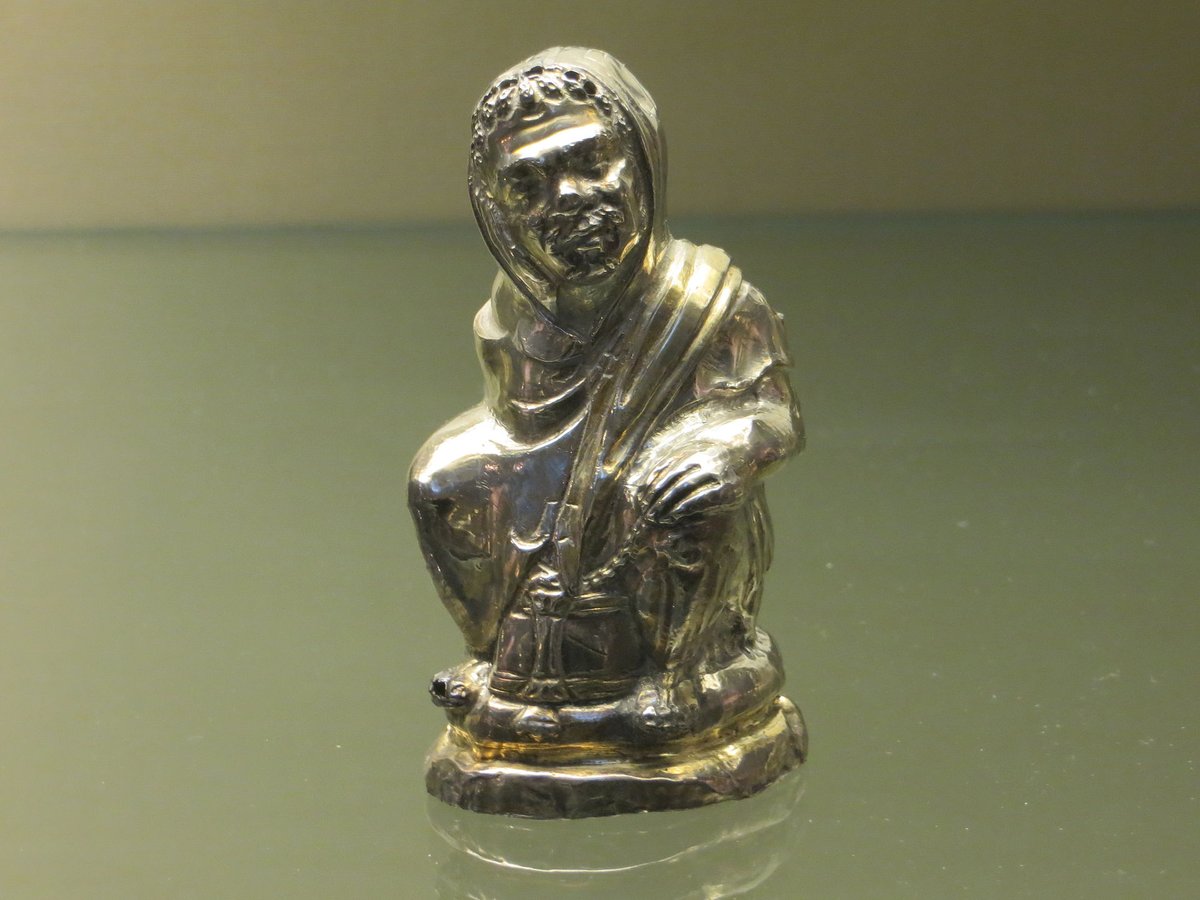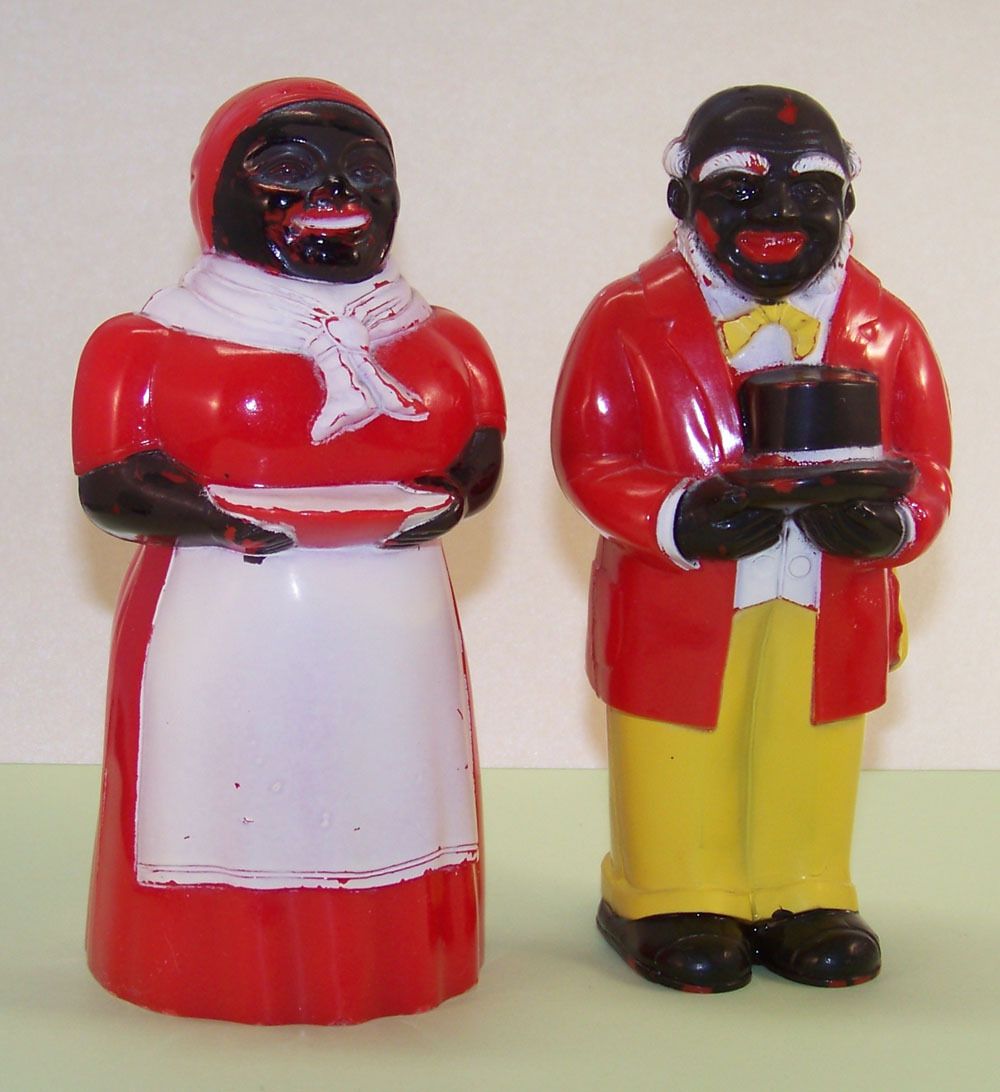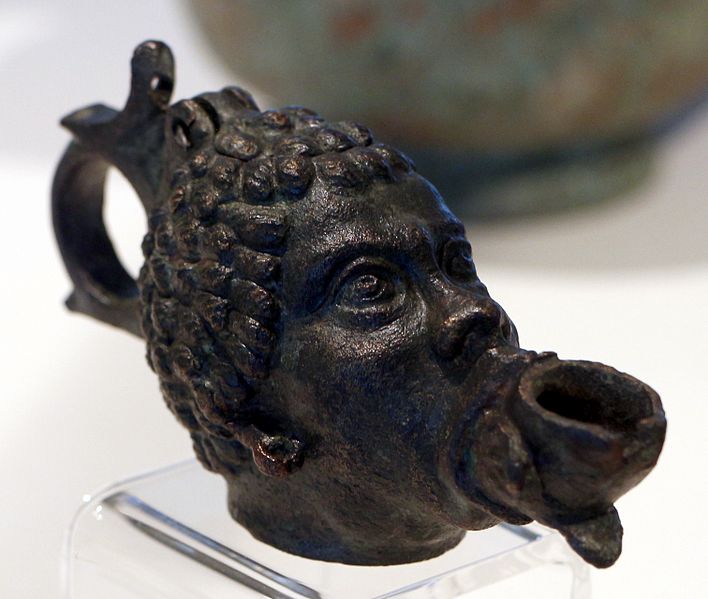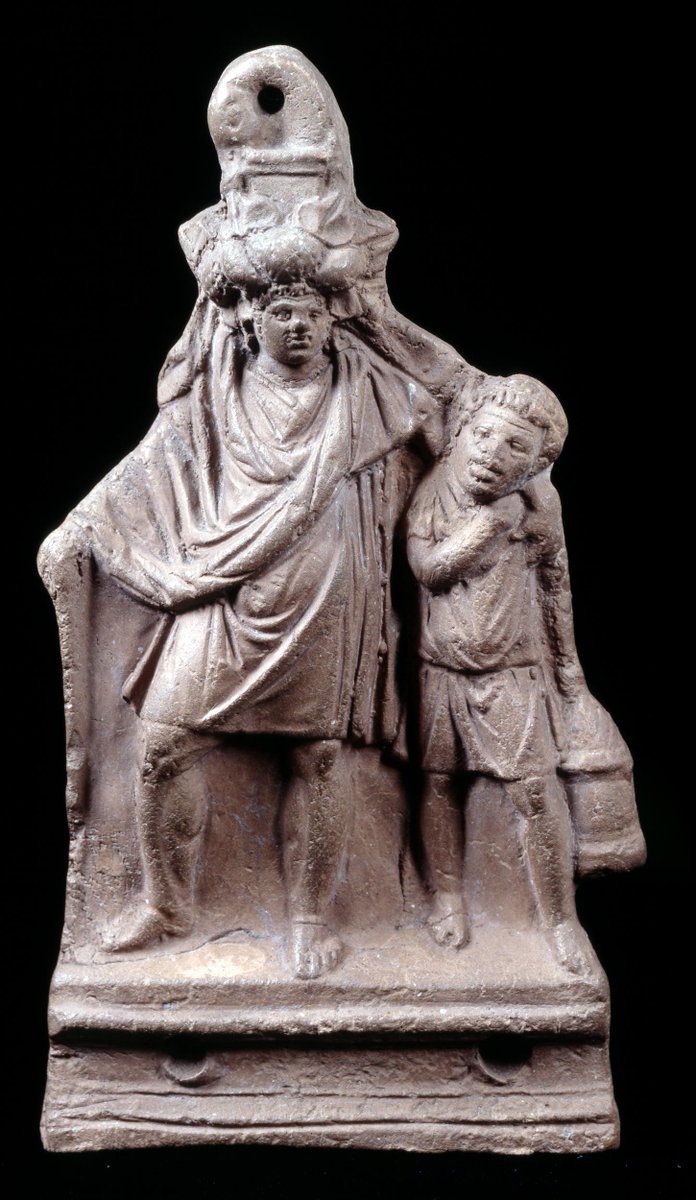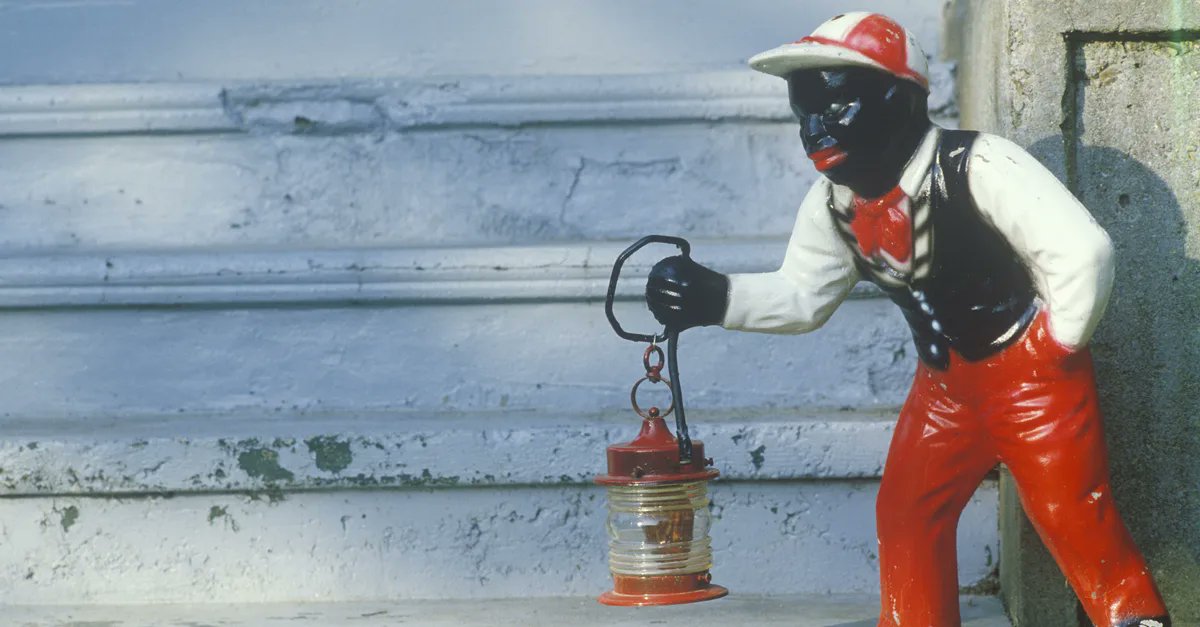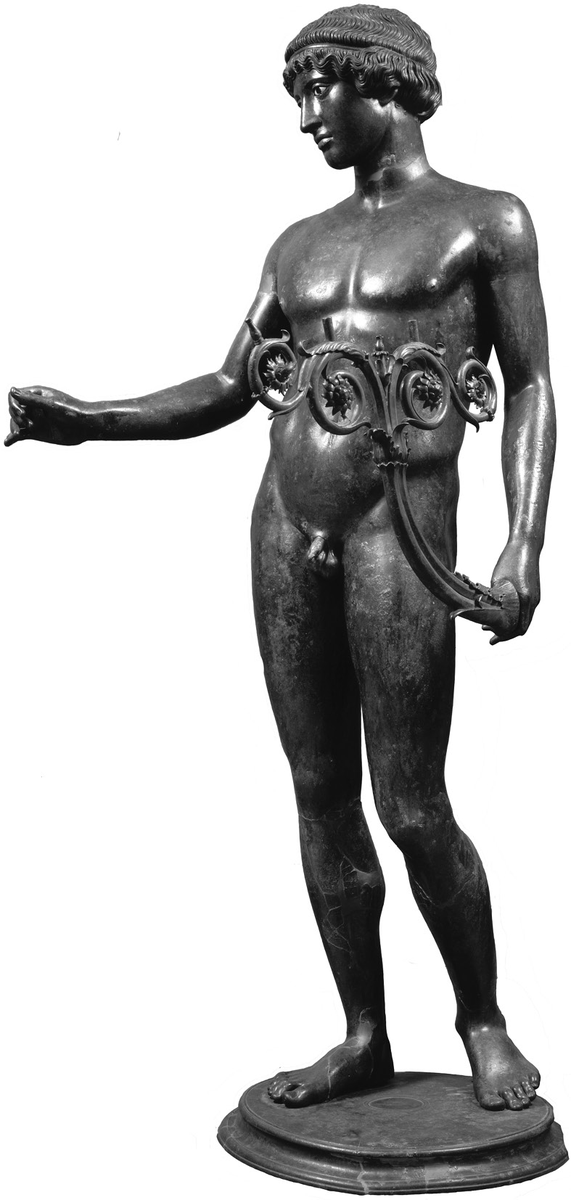Re-upping this in-class activity to say: it's important, esp. in US, to teach Roman slavery in conversation with New World Slavery. In future years I hope to integrate the history of slavery at @RutgersU documented by the Scarlet and Black Project: https://scarletandblack.rutgers.edu/ https://twitter.com/quidamabo/status/1187721350250676224
It's an opportunity to teach *to and about* the history of slavery on many campuses in the US, which also allows you to come at ancient slavery from new angles and connect with contemporary debates you might not otherwise think you could/would.
Talk about different "archives of slavery". The documentality that slave systems spawn. The obsession with slave *bodies* and minds. And of course, colorism, racism and other phenomena--like sending freedpeople to colonies (Roman, or Liberia?) as a "solution" to their presence.
We have a lot of great comparative work coming out on this, but today, as a way to enter the GU archive - Roman source dialogue, we looked at how the material representations of slaves in the Roman world do/do not speak to the objects produced in the US after Reconstruction...
Objects designed to reinforce, as Neil Lenski puts it, "the message that the African as a racial type could still 'do work' for the white man". So- we can compare the pepper shaker from the Roman Chaourse Treasure (in the BM) depicting an African slave with a lantern/chest to...
...the Aunt Jemima and Uncle Mose salt and pepper shakers common in 19th c. and 20th c. US households (suitable, since the Aunt Jemima brand was finally re-branded yesterday! https://www.cbsnews.com/news/aunt-jemima-rebranded-pearl-milling-company/ )...
and then think about why Romans specifically chose African slaves for lamps like these, in playing on the spectacle of owning dark-skinned lamp-bearers who lit the way for their owners (reported in numerous sources)
...which might remind us of the racist "Jocko" lawn sculptures (which still exist on some lawns today!) in the US (even if there is a debate about if they had something to do with the Underground Railroad, it's clear they became part of Jim Crow's racist symbology)...
...But then we have to remember that the Romans also liked to depict slaves of other ethnicities as lamp-bearers, for other reasons-- the sexualized, enslaved boy -- such as this one from the House of the Ephebe, Pompeii. So, it's complex; no straightforward comparison.
All of this comes from Neil Lenski's wonderful article, "Working Models: Functional art and Roman conceptions of slavery". Also great is his co-edited book, with C. Cameron: "What is a Slave Society? The Practice of Slavery in Global Perspective".

 Read on Twitter
Read on Twitter